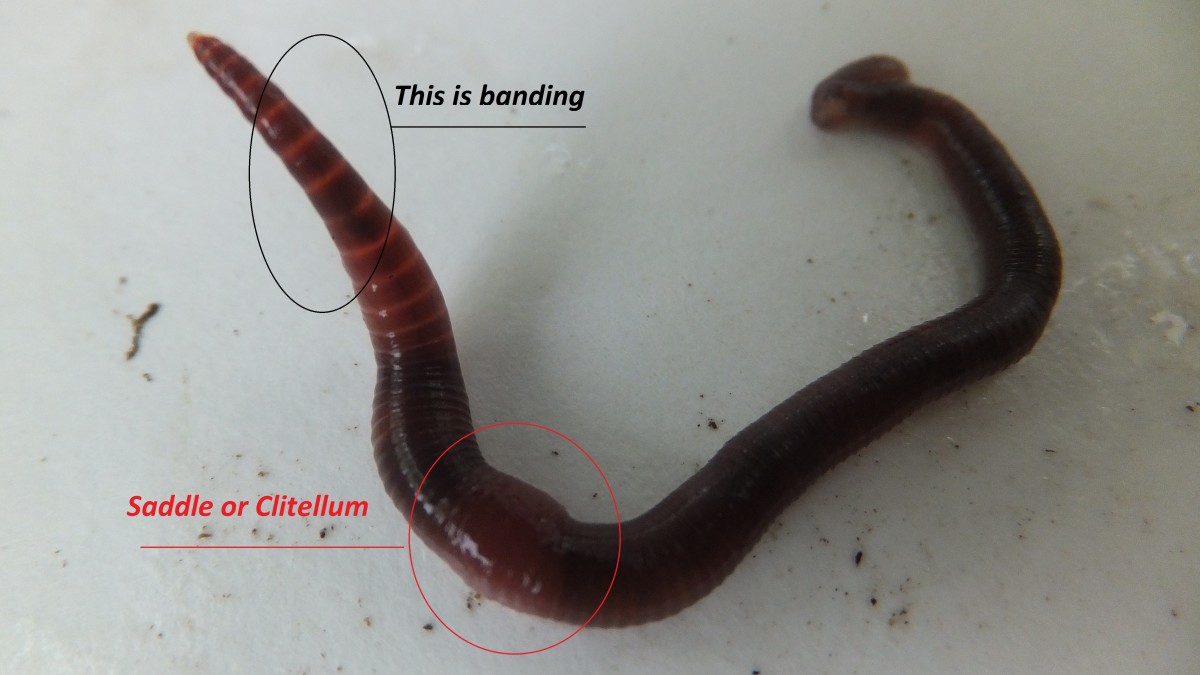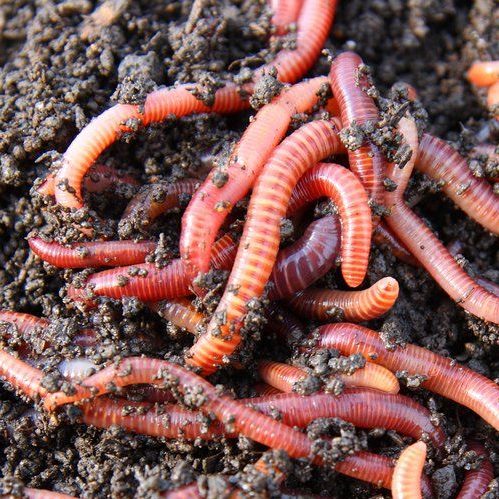The Secret to Lush Lawns Starts with Red Wiggler Express Yard Care Solutions
The Secret to Lush Lawns Starts with Red Wiggler Express Yard Care Solutions
Blog Article
Red Wigglers: The Unsung Heroes of Organic Waste Recycling
Red wigglers, or Eisenia fetida, act as vital representatives in the natural waste recycling procedure, changing thrown out materials into important vermicompost. Their effective malfunction of natural issue not only improves soil quality but also contributes to sustainable waste monitoring techniques. As the globe significantly looks for options to deal with waste buildup and enhance farming productivity, recognizing the function of these worms ends up being important. What devices enable them to prosper in garden compost atmospheres, and exactly how can they be efficiently utilized in both residential and business setups? Checking out these questions discloses the more comprehensive ramifications of vermicomposting in our environmental landscape.
What Are Red Wigglers?
The exceptional resilience of red wigglers, medically referred to as Eisenia fetida, emphasizes their vital role in natural waste recycling. These small, reddish-brown earthworms are commonly discovered in decomposing natural matter, such as garden compost heaps and manure stacks. Lake Hickory Bait. Unlike various other earthworm types, red wigglers grow in nutrient-rich atmospheres and are very efficient at damaging down natural materials, making them necessary for vermicomposting

(Red Wiggler Express)In enhancement to their role in waste reduction, red wigglers contribute to dirt wellness by improving soil structure and aeration with their delving tasks (Lake Hickory Bait). Their visibility in composting systems not only enhances decay rates however likewise advertises a lasting strategy to waste management, showing their value in eco-friendly conservation efforts
Benefits of Composting With Worms
Composting with worms, particularly red wigglers, offers numerous advantages that enhance both waste management and soil health. These worms effectively break down organic waste, converting it right into nutrient-rich vermicompost that improves dirt. This procedure speeds up decay, enabling a faster recycling of kitchen area scraps and various other natural products contrasted to standard composting techniques.
Furthermore, the vermicompost created by red wigglers is including useful microorganisms, which help boost dirt structure, aeration, and dampness retention. This boosts the general health of plants, promoting strenuous growth and enhanced returns in yards and farming settings. Additionally, making use of worms in composting decreases the manufacturing of greenhouse gases, such as methane, contributing to a more lasting waste management system.

Just How to Begin Vermicomposting
Establishing a vermicomposting system is an uncomplicated procedure that can yield considerable advantages for both waste administration and dirt enrichment. To start, pick a suitable container, such as a plastic bin or wooden box, with sufficient ventilation holes to make sure correct air movement. The measurements need to preferably be about 2 feet by 3 feet, permitting enough space for the worms to thrive.
Next, prepare bed linens product, which can contain shredded paper, cardboard, or coconut coir. This bed linens needs useful reference to be dampened to produce an appropriate habitat for the worms. When the bed linen is in place, present red wigglers (Eisenia fetida) right into the container, commonly around one extra pound of worms for each square foot of area.
Complying with the positioning of worms, include natural waste, such as fruit and vegetable scraps, coffee grounds, and crushed eggshells. Avoid adding dairy, meat, or oils, as these can develop odors and attract pests. Place the bin in a shaded, temperature-controlled area to keep ideal conditions for worm task. With these actions, you will successfully initiate a vermicomposting system that adds to lasting waste management and enriches your dirt.
Maintaining a Healthy And Balanced Worm Container
(Red Wiggler Express)Maintaining a worm bin prospering calls for routine attention and treatment to ensure the wellness of the red wigglers and the efficiency of the composting procedure. Proper upkeep starts with keeping an eye on the moisture levels; the container should perspire but not soaked. An excellent guideline is to keep a consistency comparable to a wrung-out sponge.
Carefully blending the bed linens and food scraps every couple of weeks prevents compaction and guarantees that all worms have access to oxygen. Furthermore, it is vital to feed the worms suitably.
Temperature policy is one more important element. Red wigglers prosper in a series of 55 to 77 degrees Fahrenheit. If the bin becomes too hot or cold, the worms may become stressed - Lake Hickory Bait. Regularly inspect for indications of health and wellness, such as worm population growth and the presence of healthy and balanced spreadings. By faithfully taking care of these variables, one can keep a durable and efficient worm bin.
Effect on Sustainable Living
The effective upkeep of a worm bin not just profits the health and wellness of red wigglers but additionally adds dramatically to lasting living practices. By reusing natural waste, such as kitchen area scraps and yard particles, red wigglers assist draw away considerable amounts of product from garbage dumps. This reduction in waste not just decreases greenhouse gas exhausts but additionally lessens the environmental worry related to waste management.
In addition, the castings generated by red wigglers work as a nutrient-rich organic plant food, enhancing dirt health and advertising plant growth. This all-natural alternative to chemical plant foods supports sustainable farming and gardening techniques, decreasing dependence on synthetic inputs that can damage communities. In addition, worm composting fosters recognition of waste monitoring, encouraging people and neighborhoods to embrace more sustainable routines.

Final Thought
In recap, red wigglers serve as important contributors to natural waste reusing with their efficient decomposition of natural products. By integrating vermicomposting into waste monitoring methods, individuals and communities can significantly lower waste while promoting environmental sustainability.
Report this page